Crepe Myrtles are stunning, and if you travel or live in the southern United States, you’re likely to come across them often.
Crepe Myrtles have a reputation for being easy to maintain, which is one of the reasons you’ll see them planted, inside and out, so often.
However, leaves on Crepe Myrtles tend to turn brown, which can be incredibly frustrating for those who produce and care for them.
In this article, I’ll discuss the possible causes of your Crepe Myrtle leaves turning brown and what you can do to rectify it.
Table of Contents
Crepe Myrtles Leaves Turning Brown
Some of the reasons a Crepe myrtle’s leaves turn brown include change of season, aphid infestations, underwatering, overfertilizing, and fungal infections. But, the primary reason Crepe Myrtles leaves turn brown is the Crepe Myrtle disease, which can be treated when caught early.
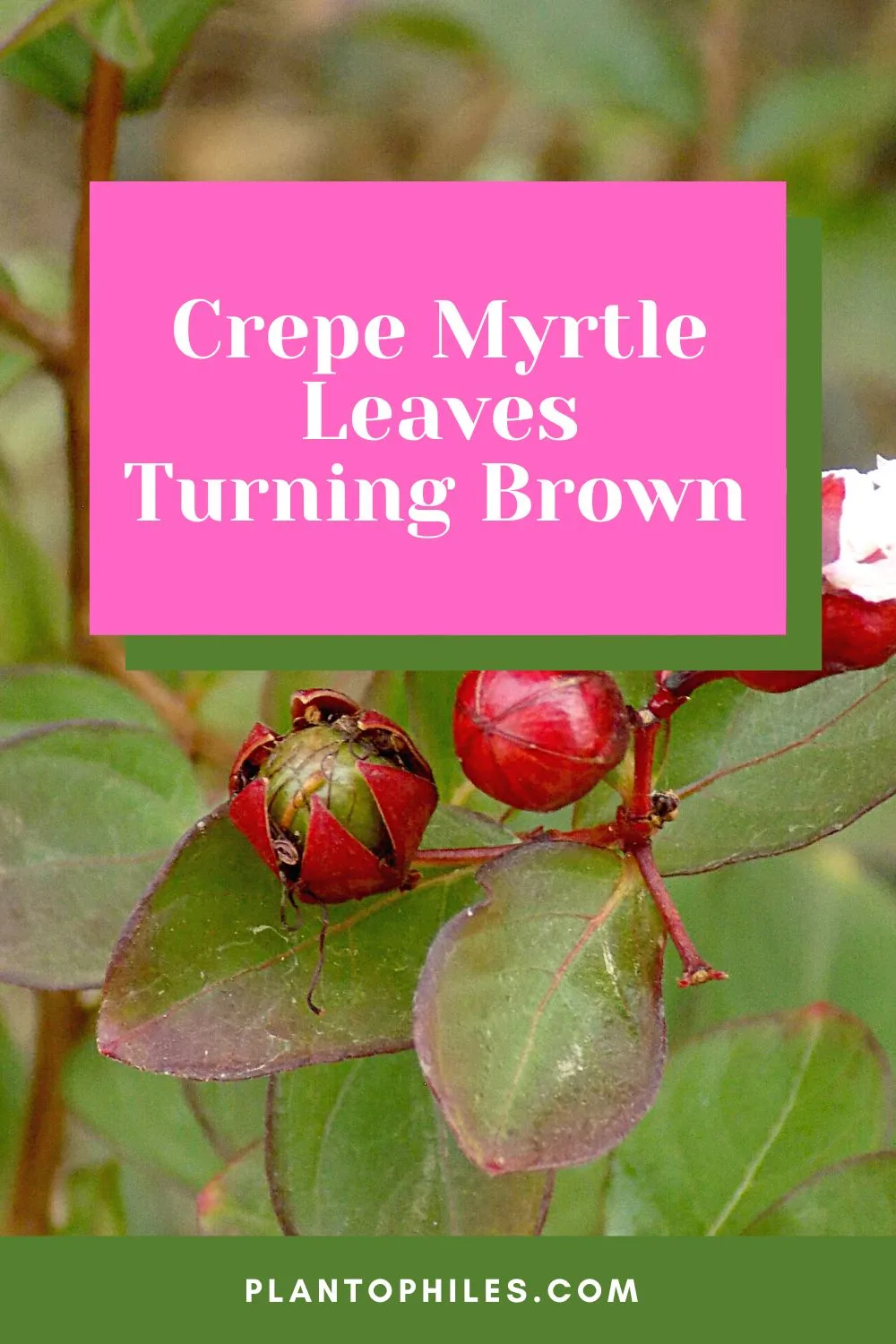
Determining Why Your Crepe Myrtle Leaves Turn Brown
One of the most challenging parts of gardening and owning plants is determining why they’re not growing or thriving. In most cases, you’ll have to eliminate a few possible causes before you find the root.
When trying to figure out why my Crepe Myrtle leaves turn brown, I begin with the obvious and then work my way down the list of potential underlying problems.
Now, I’ll discuss the common issues that may make your Crepe Myrtles leaves turn brown and what you can do to reverse the damage.
1) Change of Seasons
There’s not much you can do to stop the Earth from turning, but you can save your Crepe Myrtles from the dry, brown leaves that come with the spring season.
If a sudden cold spell hits, there’s no doubt that your Crepe Myrtles will begin to turn brown, as they don’t weather the cold as some plants do.
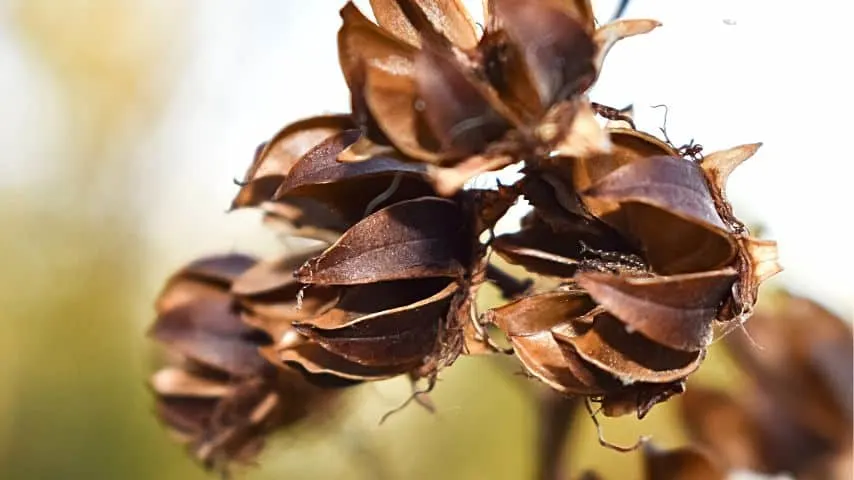
Once this happens, you cannot do much, so it’s crucial to plan where you’ll plant your Crepe Myrtles and how to keep them safe in such a situation.
2) Aphids
Crepe Myrtles can easily come down with an aphid infestation, primarily during the warm, humid summer months.
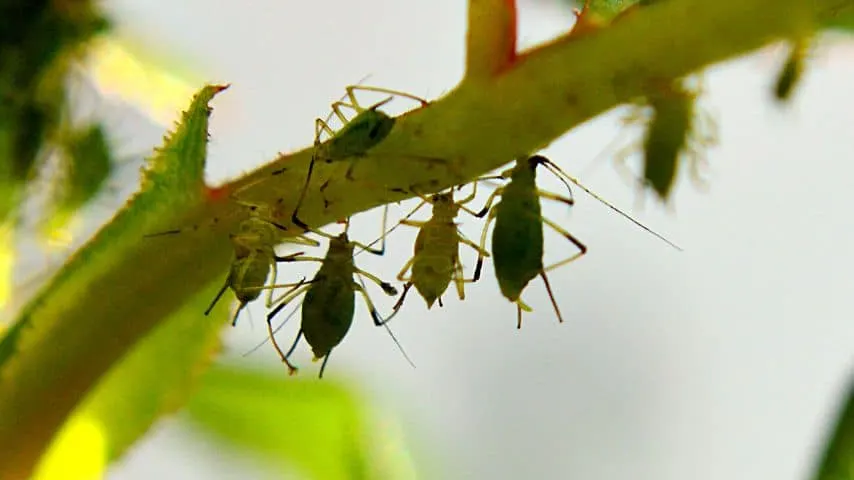
Aphids can make it impossible for Crepe Myrtles leaves to absorb sunlight, and they can attract insects like flies, ants, and wasps.
You can rid your outdoor Crepe Myrtles of aphids by introducing predators, such as ladybirds, which you can do with the assistance of a local gardening expert.
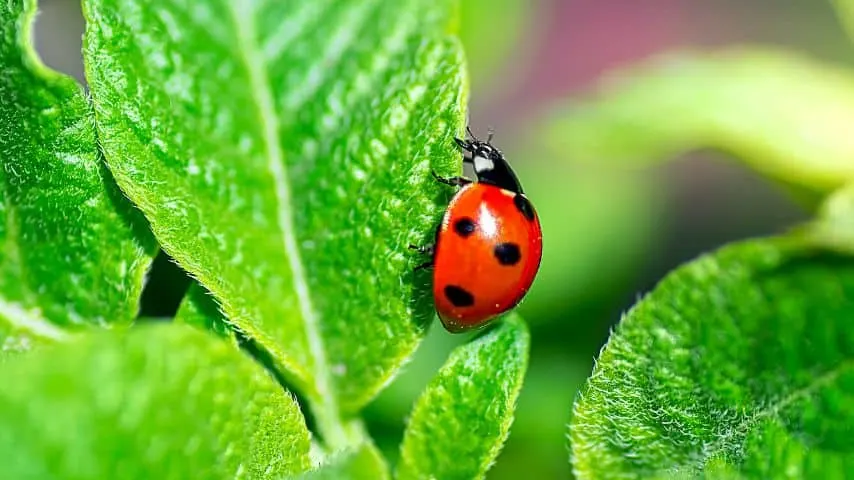
If aphids are an annual problem for you, consider spraying neem oil as a preventative strategy before they hatch in the spring.
3) Underwatering
A prevalent reason for the brown leaves on Crepe Myrtles is the lack of water. Because Crepe Myrtles flourish in wet soil, insufficient water is detrimental to their health and survival.
A moisture meter is one of the best ways to determine if your Crepe Myrtles are under or overwatered.
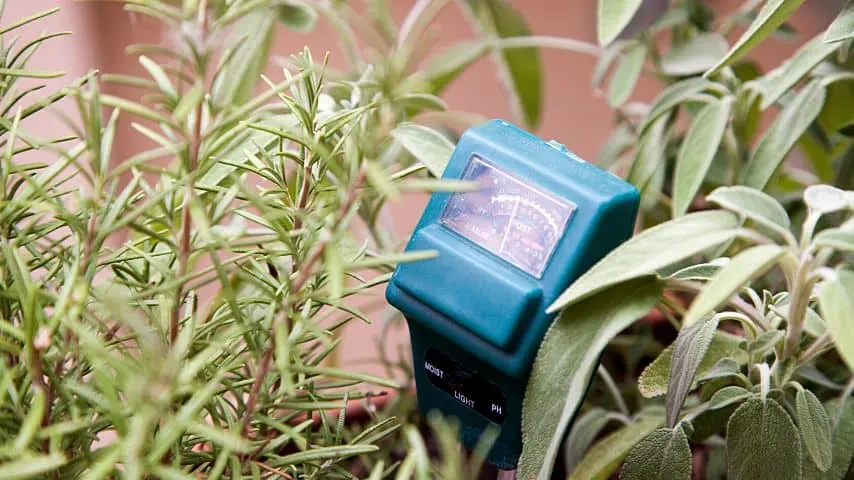
While you don’t want them to lack water, overwatering them is the last thing you’d want to do to them. Too much water will cause leaf overgrowth and a lack of flowers. It’s all about finding the perfect balance.
4) Overfertilizing
Just as underwatering can cause the leaves on Crepe Myrtles to turn brown, overfertilizing can do the same. If the leaves on your Crepe Myrtle are brown and very brittle, too much fertilizer could be the problem.
When too many nutrients are present in the soil, plants find it difficult to absorb them, just as they would when there is not enough.
Crepe Myrtles prefer potassium and phosphorus over nitrogen, so choose your fertilizer carefully and don’t add too much.
5) Crepe Myrtle Disease & Other Fungal Infections
Crepe Myrtle disease is a common cause of the browning of leaves, and it’s caused by a fungus that thrives in areas with high humidity.
Symptoms of Crepe Myrtle disease, other than the brown spots on the leaves, are extreme darkening of the leaves in the Autumn months and yellowing in the Spring.
It’s essential to speak with an expert before treating Crepe Myrtle Disease and other fungal infections you think your Crepe Myrtle might have.
Not only can they point you toward the correct type of fungicide to use for treatment, but they’ll provide you with ample information concerning preventative care.
Frequently Asked Questions about Crepe Myrtles Leaves Turning Brown
Why are the leaves on my Crepe Myrtle plants turning brown?
The leaves on your Crepe Myrtle are likely to turn brown due to fungal infection like Crepe Myrtle Disease or inadequate treatment, such as underwatering or overfertilizing. If unsure, go through the list of possible issues, eliminating each until you reach the answer.
Where can I purchase a moisture meter for my Crepe Myrtle?
Moisture meters are a fantastic tool for measuring soil moisture, which is a considerable component of helping your Crepe Myrtles thrive. You can purchase moisture meters at any major retailer with a home and garden center, hardware stores, and plant nurseries. They’re also widely available online.
How can I tell if my Crepe Myrtles are dying?
It takes quite a bit to kill a Crepe Myrtle, as they’re very hardy plants. However, a sudden cold spell can be fatal immediately, so it’s crucial to consider where you plant them outdoors. Remember, browning leaves doesn’t equal death, so do some investigation before you deem it a lost cause.
Conclusion on Crepe Myrtle Leaves Turning Brown
Crepe myrtle leaves are turning brown for the following reasons:
- Change of season
- Aphid infestation
- Underwatering
- Overfertilization
- Fungal infections
- Crepe Myrtle disease

Daniel has been a plant enthusiast for over 20 years. He owns hundreds of houseplants and prepares for the chili growing seasons yearly with great anticipation. His favorite plants are plant species in the Araceae family, such as Monstera, Philodendron, and Anthurium. He also loves gardening and is growing hot peppers, tomatoes, and many more vegetables.


